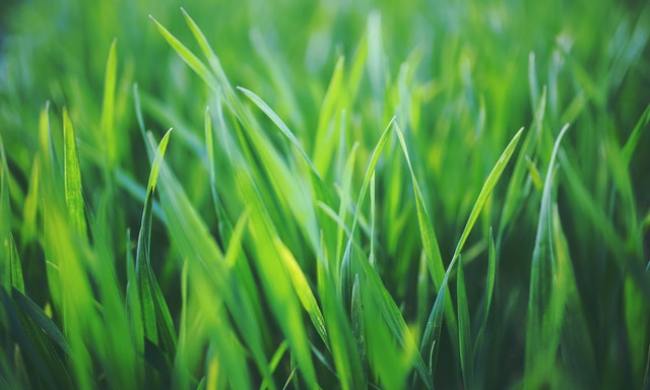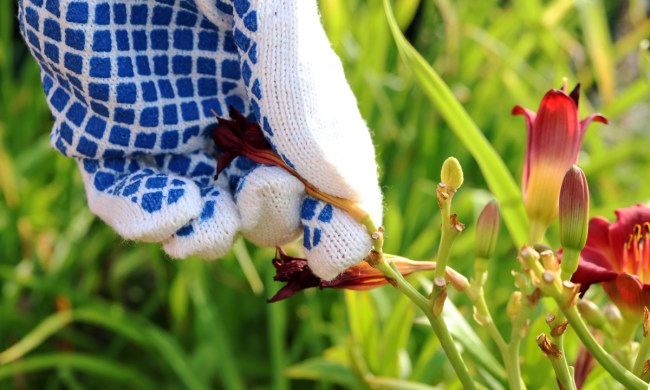There are many popular grass varieties to choose from, depending on what you need. If you’re looking for bright, thick, and drought-tolerant grass, then centipede grass may be the right choice for you. It’s a warm-weather perennial, and it’s fairly low-maintenance as well. Centipede grass is an excellent choice for many lawns, but how can you be sure yours will thrive? We’ve got seven important and useful tips to help you successfully grow a beautiful green lawn of centipede grass!
Start with the right amount of seed
You can save a lot of time and trouble by starting out with enough seed for your lawn. It’s important to know roughly how large your lawn is. You don’t need a precise measurement, but be aware that the more accurate your number is, the less likely you are to have too much or not enough seed.
Additionally, centipede grass spreads slowly during the first couple of years. If you want a thick lawn as quickly as possible, you’ll need more seed than if you’re willing to wait and let it spread naturally. If you’re comfortable having a mildly thin lawn for the first year or two, then you’ll need a quarter of a pound to half of a pound of centipede grass seed for 1,000 square feet. To begin with a thicker lawn, you’ll need half of a pound to a pound of centipede grass seed for 1,000 square feet.
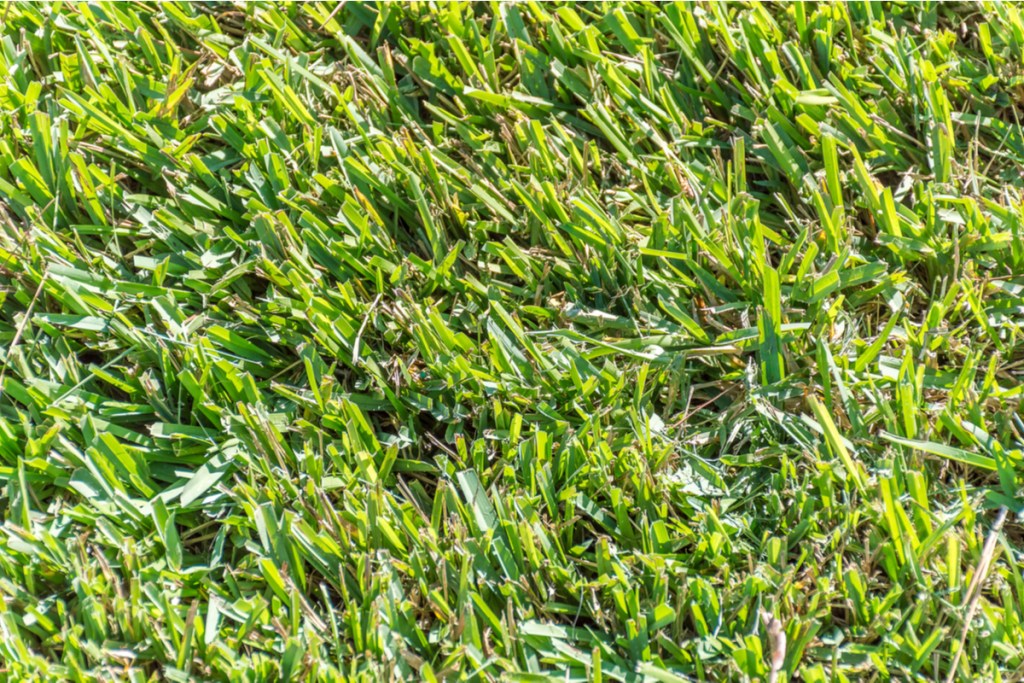
Preparing your soil
Centipede grass is tolerant of many conditions that other grasses struggle with. It can tolerate poor soil quality, acidic soil, and sandy soil. It typically isn’t necessary to alter your soil in order to grow centipede grass, except in extreme cases, but there are two things you can do to help your grass seed along.
First, scrape the surface of the soil or turn it up slightly. If you’re planting centipede grass in an area that already has plants, this might not be necessary. However, it can be quite helpful when dealing with bare earth. If the ground is compact, it can be difficult for seeds to find purchase. This makes them more likely to blow or wash away by water or wind. Scraping the surface of the ground gives the seeds a surface to hold on to.
Another important tip is to water the ground before you scatter the seeds. The water helps the seeds stick to the ground, and it allows them to start germinating more quickly. It also prevents the seeds from washing away when you water them. If you scatter the centipede grass seed and then water them, the force of the water could move the seeds, potentially resulting in bare patches or an uneven lawn.
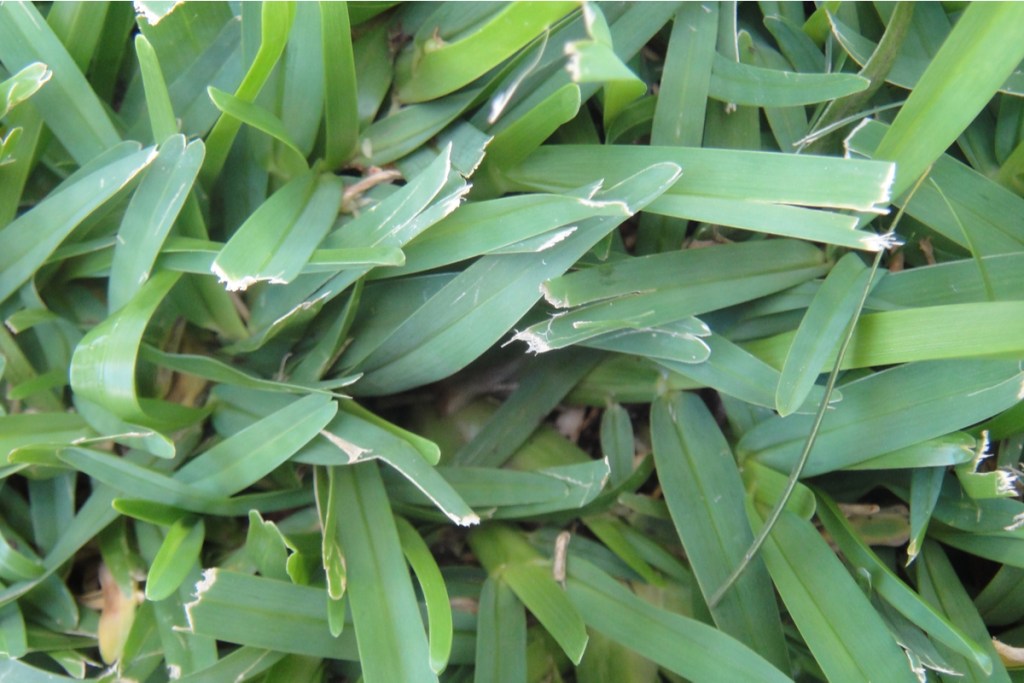
Climate and timing
A good way to tell if centipede grass is right for you is by looking at your local climate. Centipede grass is warm-weather grass, and it doesn’t enjoy cold winters. It can survive mild winters, but it goes dormant when faced with extended periods of freezing temperatures. Cold weather can kill centipede grass as well. It usually dies when temperatures are consistently in the single digits for an extended length of time. If you live in a hot and humid region, such as the southern U.S., then centipede grass is likely a good fit for you.
As you might imagine, seeding or reseeding centipede grass when it’s cold out starts the grass out at a disadvantage. It’s important to wait until the soil is warm before seeding your lawn. Late spring and early summer are the best times to start your centipede grass. Those are also the ideal times to reseed your lawn and repair any damage that occurred during the previous year.
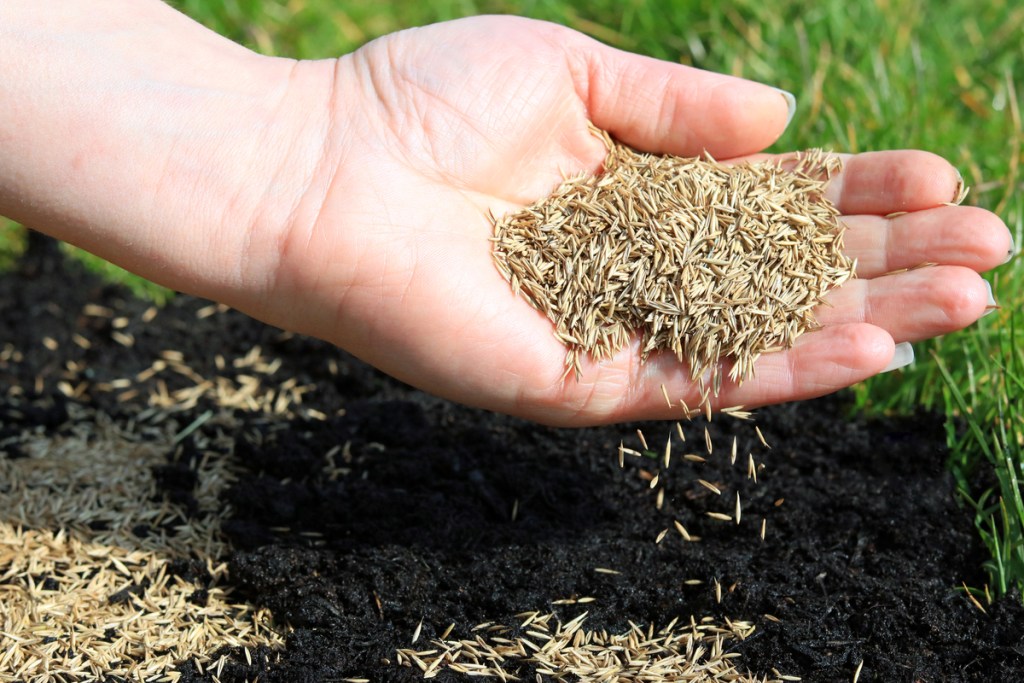
Avoiding fungal infections
Centipede grass is resistant to many of the most common pests and diseases that plague lawns. However, fungal infections can become a problem for centipede grass. Signs vary depending on the type of fungus, but an easy-to-spot symptom is brown patches, especially round ones.
Fungi love moisture, so avoiding overwatering your lawn can help keep fungal infections at bay. Properly aerated soil can also help, as this improves drainage and helps ensure the grass’s roots can breathe. Thatch, or dead grass, can build up in centipede grass lawns, which can exacerbate fungal infections. Clean thatch away regularly to keep your lawn healthy. In more serious cases, you may need to use a fungicide.
Centipede grass is a hardy, low-maintenance choice. It rarely has a serious problem with weeds or pests, and the few problems it is prone to are easy to treat. Centipede grass doesn’t need much in the way of water or feeding, and it’s well suited for low-traffic areas of your lawn. Although it’s slow to spread, which makes it slow to repair damage; its high tolerance of many conditions makes it a favorite for many homeowners.

